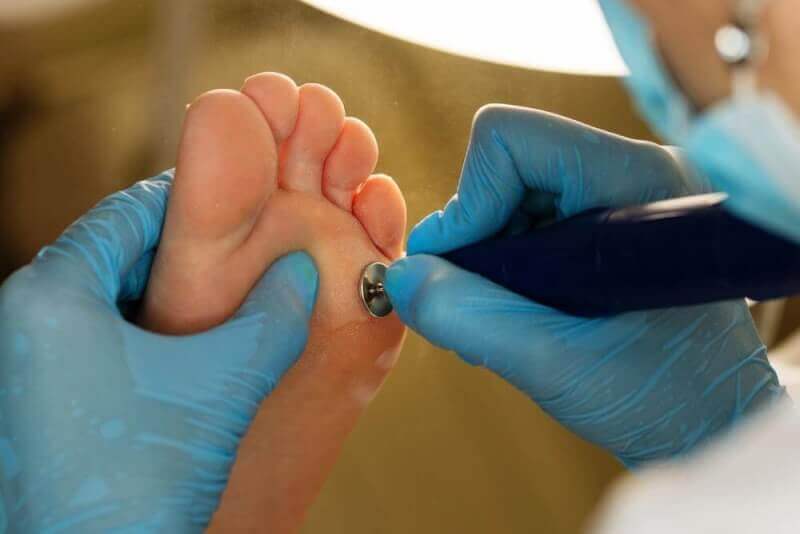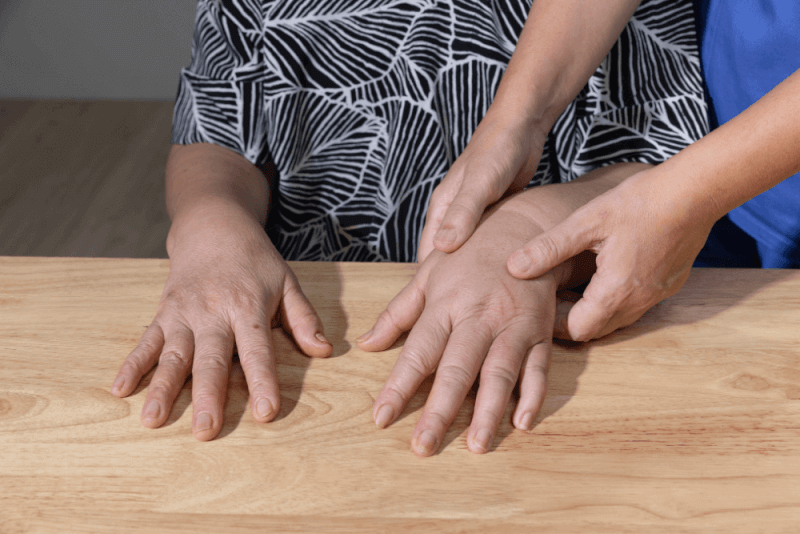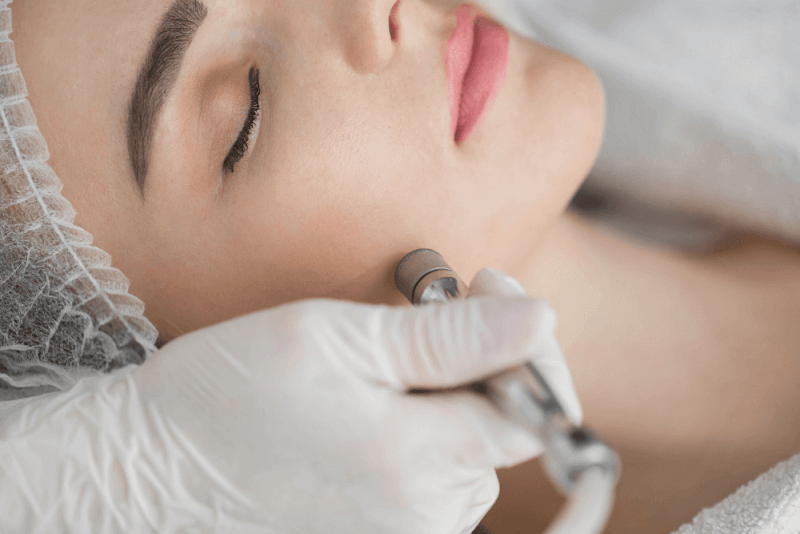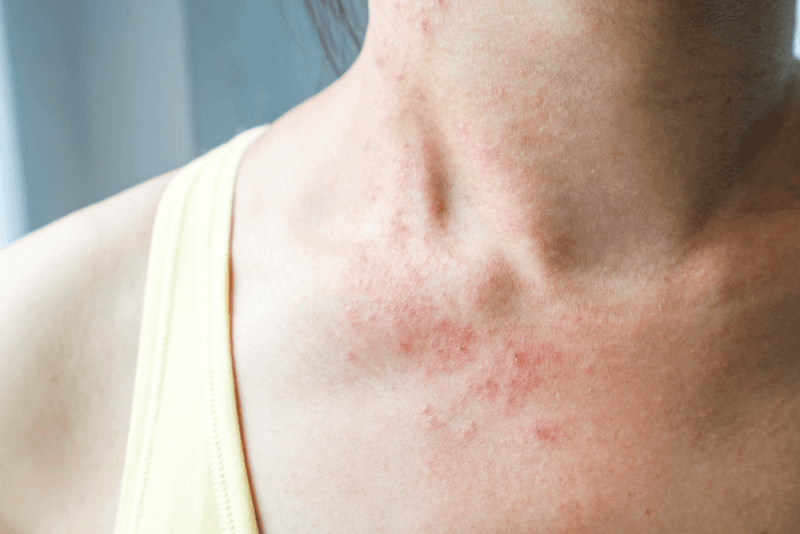What is a callus?
Calluses, a type of skin lesion, are seen on the hands and feet. It is most common in the bony areas of the feet. The reason for this is that the skin is constantly exposed to pressure and friction as a result of using shoes that are not in harmony with the foot structure. In addition, calluses can also occur in people who work using their hands due to the fact that the skin of the hand is exposed to too much pressure. In order to prevent these external factors from damaging the skin and tissues, the skin protects itself and thickens. At the end of this process, calluses form.
The most important feature of calluses is that they have a specific nerve line. They also form a hard core. Calluses are divided into types within themselves. Some calluses are small and round, while others vary in shape and usually occur on non-weight-bearing parts of the skin.
In the early stages of calluses, it is a skin disease that is often ignored because it does not affect the quality of life of people. However, calluses that are not treated at this stage cause pain in the future and the duration of treatment increases significantly. If the callus is not treated, it is possible for it to progress and reach the bone tissue.
Calluses are basically divided into two types. The first of these types is called callus calluses and are superficial calluses. Callus calluses are flat and flat calluses seen at the site of pressure. There are also two subtypes, both painful and painless. The second type of callus is corn type calluses. Corn-type calluses are root forming calluses and are divided into two as hard and soft. Soft corn calluses usually occur on soft parts of the foot such as between the toes, while hard corn calluses are usually seen on hard areas such as bones. Hard corn-type calluses are the type of callus that causes the most pain complaints in people.
Types of calluses
Calluses are shaped both in terms of shape and size. Therefore, in order for the treatment to be successful, the type of callus must first be determined. Basically, calluses are divided into three.
Soft callus
Among the types of calluses, soft calluses are in the first place. These calluses, which are usually seen between the fingers, are also the easiest calluses to treat. The size of soft calluses, which also have symptoms such as pain and discharge, varies between 1 and 4 centimeters.
The main reason for the formation of soft calluses is that the toes put more pressure on each other than normal. This is seen in women who frequently wear high-heeled shoes and in toe deformities.
Hard callus
Hard calluses are generally seen on the bony parts of the feet. In addition to deformations in the bones of the feet, the wrong walking style also causes hard calluses to form. It occurs on bony surfaces where the shoe presses on the foot and has dense roots. The most common sites are the soles of the feet, the outer parts of the little toes and the tops of the toes.
Seed callus
This type of callus around the heels consists of dead skin. Compression causes the formation of calluses in this area. In the initial stages, the pain can be alleviated by removing the hard skin in the callus area. However, due to the formation of callus roots in the future, different treatment options should be evaluated.
Callus diagnosis methods
A physical examination is usually sufficient for the diagnosis of a callus, which is visible to the eye and has a characteristic appearance. However, some calluses can be confused with warts because of their appearance.
Symptoms of calluses
Calluses do not cause complaints in the first stages. In addition, they are usually located between the fingers, making them difficult to recognize. However, the progression of the callus over time causes complaints to begin. The complaints caused by calluses are the same in almost everyone.
- Pain relieved by the removal of pressure applied to mild calluses
- Thickened skin due to callus forms the tip of the callus
- Inflammation around the callus area
- Color change and growth in the area of pain seen in advanced calluses
- Thickening of the skin in the callus area
- Significant pain sensation in the callus area
Causes of calluses
The main reason for the formation of calluses is the use of wrong shoes. In addition, the risk of calluses increases in people whose stepping and walking styles are similar to their parents with calluses. The effects of shoe shapes on the formation of calluses can be explained as follows:
- The use of shoes with pointed toes that cause too much compression of the foot causes the formation of calluses between the fingers, especially the fifth finger.
- Using high-heeled shoes causes calluses to form under the toe bones.
- Wearing shoes for long periods of time during the day.
- Foot sweating
- Wearing and walking barefoot shoes for long periods of time
- Gait style disorders
- Rubbing of accessories worn on the foot
- Increased body weight
- Standing for long periods of time
- Too much walking
- Doing sports
- Having a bony foot structure
- Working in certain professions
Callus treatment methods
The basis of callus treatment is to remove the pressure on the callus area before hygiene. For this reason, people should not continue the following mistakes after the callus is removed.
- Continued pressure on the callus area
- Failure to change walking style
- Continued use of shoes that cause calluses
The type of callus gains importance in the planning of callus treatment. However, regardless of the type of callus, it is essential to first remove the pressure. The use of medical methods in the treatment of calluses should be preferred as a priority. Afterwards, alternative methods can be used if your physician deems it appropriate.
Surgical intervention
In order to treat callus treatment medically, its type must first be determined. The appropriate treatment is then determined. However, the most preferred method is surgical intervention. Cleaning the roots of calluses, especially in advanced stages, is extremely important in terms of recurrence and successful treatment. Therefore, surgical options are recommended. These surgeries are performed under local anesthesia by dermatologists.
Medication
Medications are generally preferred for the treatment of calluses in their early stages. For the medication to be successful, the root of the callus must not penetrate the skin. However, callus medications should be prescribed by dermatologists. Allergic reactions or other skin problems may occur if the medicines are not used on the advice of a physician.
Drugs used in the treatment of calluses are usually topical creams. With these creams formulated to soften the thickened skin, it is possible to soften the hard layer on the callus.
In addition to creams, callus-removing plasters are also used in the medical treatment of calluses. As a result of using these medicines together, the callus is softened and the condition is alleviated. When choosing callus bands, those suitable for the size of the callus should be selected.
Cryotherapy
Another method applied in callus treatment is cryotherapy. In this method, the callus is frozen with nitrogen oxide gas at -190 degrees. In addition to being a method applied especially to soft calluses, it is a painless procedure. For this reason, there is no need to numb the area before the procedure. In order for cryotherapy to be applied to hard calluses, it is necessary to first use drugs that soften the callus and shave the area.









